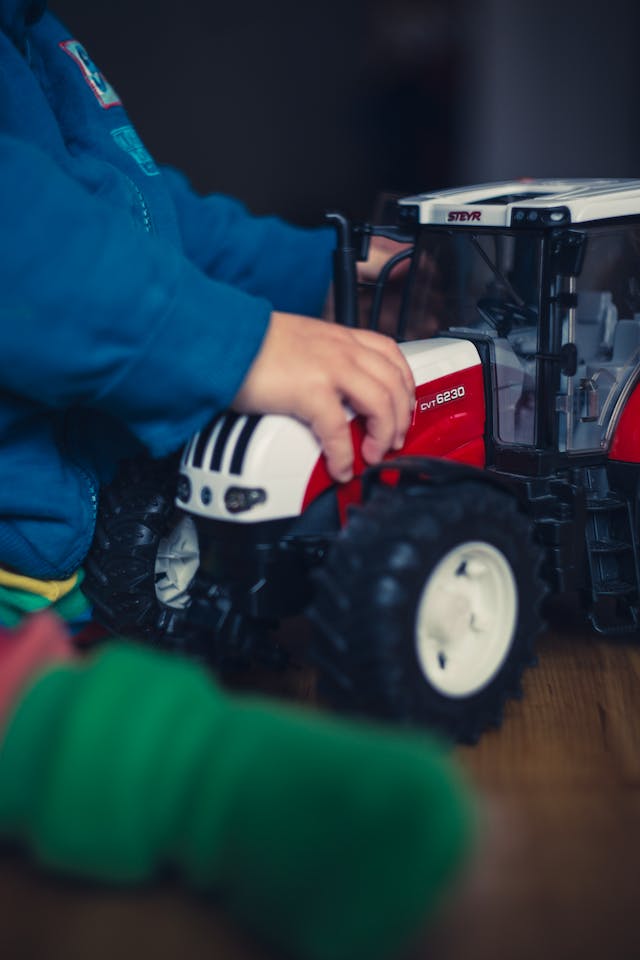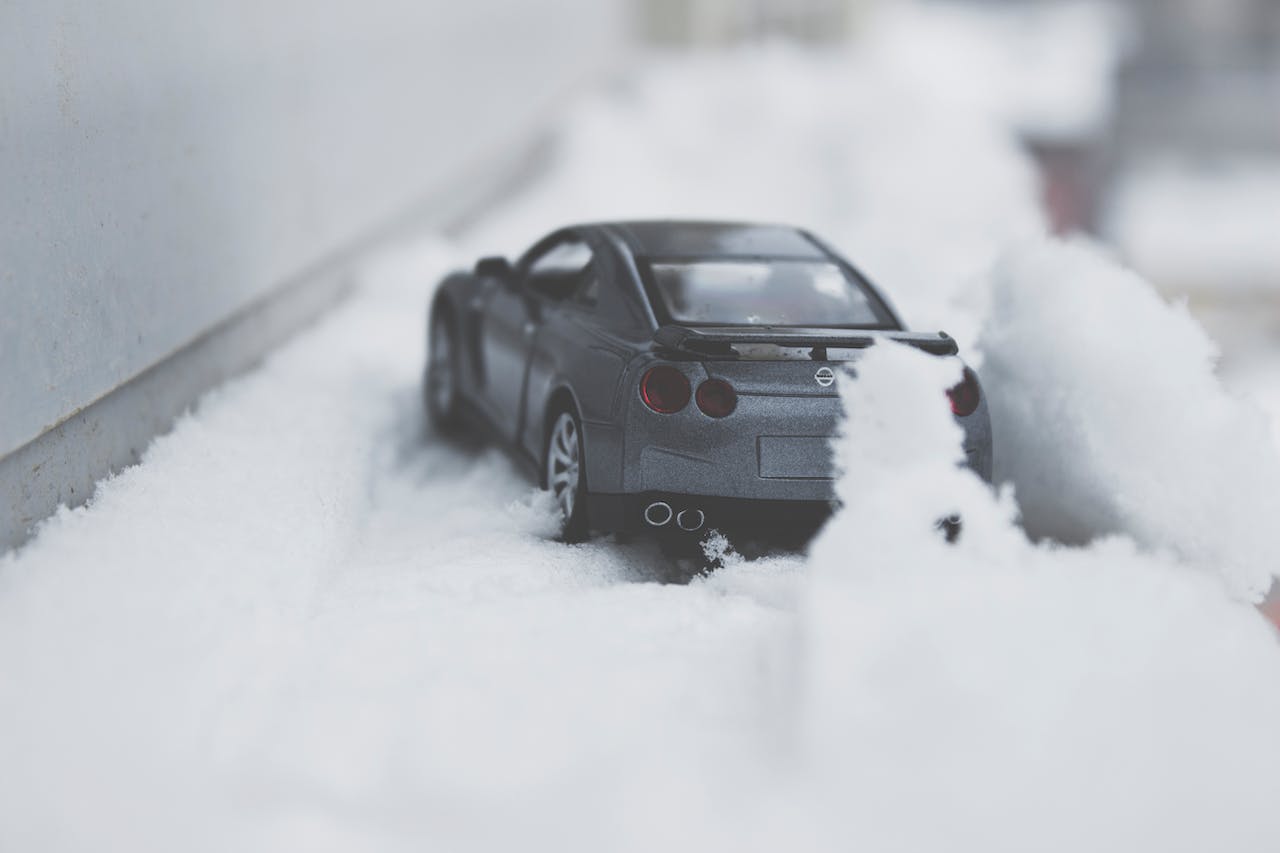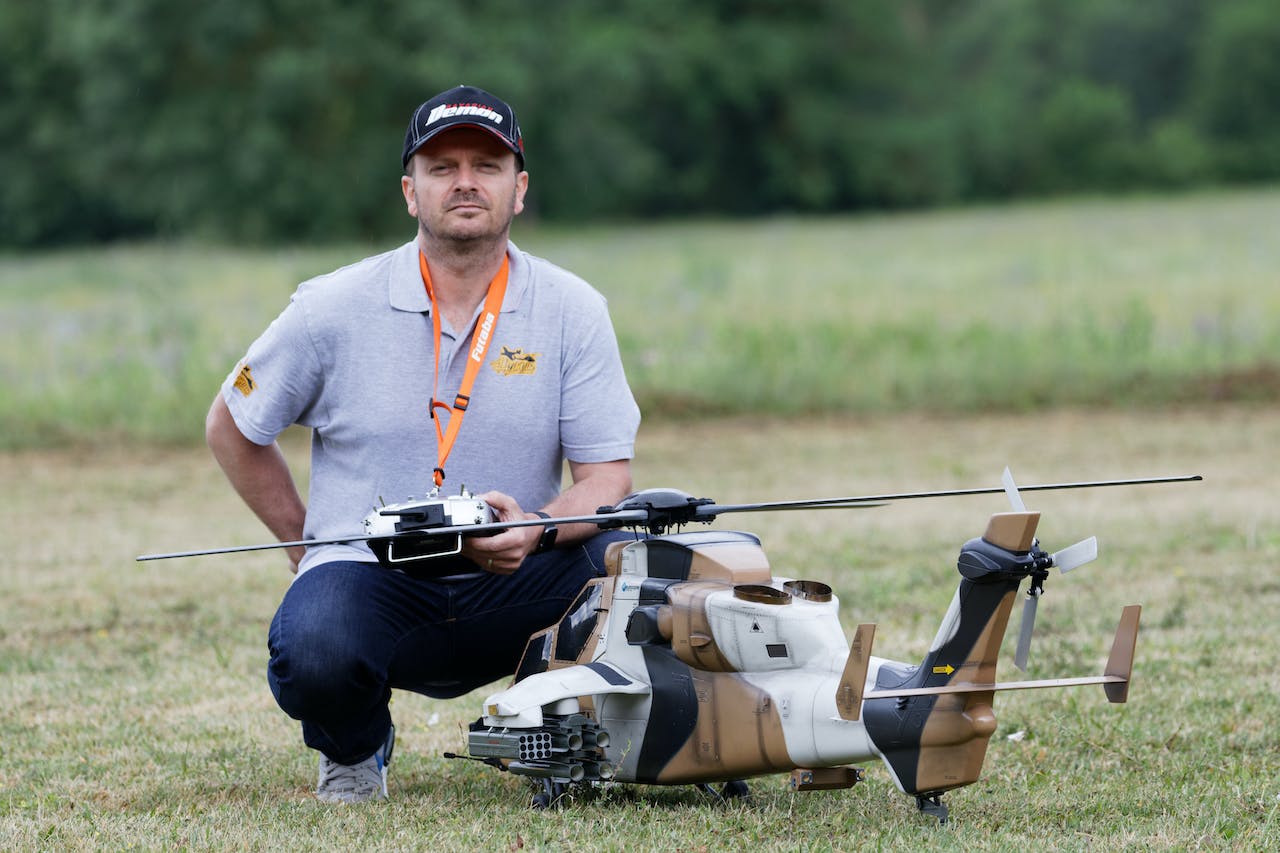Remote control (RC) vehicles are not just toys; they’re sophisticated technology that combines engineering marvels with the thrill of racing. Whether you’re a hobbyist who enjoys building and racing RC cars, boats, or drones or a casual enthusiast drawn to the sheer joy of controlling a miniaturized vehicle, understanding how to care for these machines properly is crucial. In this article, we’ll dive into the fascinating world of remote control vehicles, exploring their different types, the basics of their operation, and practical tips for maintenance and care. From selecting the suitable model for your interests to performing routine checks and repairs, we aim to equip you with the knowledge to ensure your RC vehicles stay in top condition, providing endless enjoyment.
What is a Remote Control Vehicle
Remote control vehicles, commonly called RC vehicles, are miniature models of cars, trucks, airplanes, boats, or drones that can be controlled from a distance using a specialized transmitter or remote. These vehicles come in various sizes, shapes, and types, ranging from simple toy-grade models designed for children’s play to highly sophisticated hobby-grade models that appeal to adults and enthusiasts for their performance, customization, and technical capabilities.
RC vehicles are powered by different propulsion systems, including electric motors, nitro engines, or gas engines, each offering distinct performance characteristics. Electric RC vehicles are famous for their ease of use, cleanliness, and quiet operation, making them suitable for indoor and outdoor environments. Nitro and gas-powered models, on the other hand, are favored for their realism, including the sounds and smells of combustion engines, and are typically used outdoors.
The technology behind remote control vehicles allows for a wide range of control, from basic forward, backward, left, and right movements to more advanced functions such as variable speed control, steering adjustments, and flight controls in the case of RC airplanes and drones. Advanced models come with features like suspension systems, differential gears, and electronic speed controllers (ESCs) that mimic the functionality of their full-sized counterparts, offering enthusiasts a realistic and immersive driving or flying experience.
RC vehicles serve various purposes, from educational tools that teach mechanics, electronics, and aerodynamics principles to providing a platform for racing competitions, aerial photography, and even research and rescue operations. The hobby of collecting and racing RC vehicles is a global phenomenon, with a dedicated community of enthusiasts constantly pushing the boundaries of design, speed, and functionality.
Taking care of remote-control vehicles
Read the Manual
Always start by reading the manufacturer’s manual. It contains crucial information on maintenance, battery handling, and troubleshooting specific to your model.
Every remote-controlled vehicle, including the Traxxas rustler, is designed to perform different tasks. This way, the modification will gradually change depending on what you practice. For instance, some are designed for harsh terrains, while others require a smooth surface. The best thing is to learn how to use your vehicle; this makes it easy to have complete control and avoid damage. If you are running in mud, you must consider the type of tires you are using. You must also know how strong the body is for the vehicle to withstand. Here, you only require training for you to be a professional controller.
Regular Cleaning
For a remote-controlled vehicle to last long, maintaining its good condition should always come first. Taking certain precautions to guarantee that your car is undamaged is crucial. General cleaning is necessary in this situation. Vehicles using remote controls come in a variety of shapes and sizes. For optimal safety, you must thus adhere to the approach protocol corresponding to each vehicle. This is because some have exposed electrical panels that may lead them to become functional. Only areas that won’t do any damage need to be cleaned. Since a truck’s tires are mainly used in muddy conditions, you should focus primarily on them since they are the most exposed.
- After Use: Clean your vehicle after each use, especially if driving in dirt, sand, or water. Use a soft brush or compressed air to remove debris from hard-to-reach places.
- Body and Parts: Use a damp cloth to wipe down the body and parts. Avoid water exposure to electronic components unless they are waterproof.
- Wheels and Bearings: Clean wheels and check bearings for smooth operation. Replace them if they are damaged or excessively dirty.
Battery Care
An essential component of a vehicle controlled via a remote is its batteries. This is the source of their ability to move about and do other tasks like illumination. The car’s remote control also contains these batteries. You need to charge the batteries for the best possible care for your vehicles. While some are fixed, others can be removed. After fully setting them, you should allow them to cool. In this manner, there is no risk that your car may explode in the middle of an event.
- Storage: Store batteries in a cool, dry place away from direct sunlight. For LiPo batteries, maintain a storage charge of approximately 60-70%.
- Charging: Use only the charger designed for your battery type. Never leave charging batteries unattended.
- Inspection: Regularly inspect batteries for swelling, leakage, or damage. Dispose of damaged batteries properly.
Inspecting your Vehicle
Remote control vehicles are highly prone to damage, especially when exposed to harsh situations. This may need to be fixed with its functionality, leading to a chain of problems. The best care to give your vehicle is to inspect it every time before running it. Depending on how the remote controller responds, you can check whether its wheels are intact. This may increase its durability, which can save cost.
Storage
When storing your remote-controlled vehicle, finding a dry, cool place shielded from direct sunlight is essential to prevent damage or deterioration when the car is not in use. Additionally, removing the batteries from your RC vehicle is highly recommended if you anticipate not using it for an extended period. This precaution helps to avoid potential battery leakage or damage, ensuring that your vehicle remains in optimal condition for its subsequent use.
Types of remote control vehicles
Remote control (RC) vehicles come in various forms, each offering unique features and capabilities that cater to different interests and environments. Here’s a look at the main types of RC vehicles available:
RC Cars and Trucks
- On-Road Cars: Designed for speed and agility on smooth surfaces. These models are best for racing on paved tracks or roads.
- Off-Road Vehicles: These include buggies, monster trucks, and rock crawlers, built to handle rough terrain, obstacles, and jumps.
RC Airplanes
- Trainer Planes: Perfect for beginners, offering stability and ease of control.
- Aerobatic Planes: Designed for advanced pilots, capable of performing complex maneuvers and stunts.
- Scale Models: Miniature replicas of real airplanes, prized for their detail and realism.
RC Boats
- Racing Boats: Built for speed, these boats are designed to race on water surfaces.
- Sailboats: Powered by wind using sails, offering a more serene RC boating experience.
- Scale Models: Detailed replicas of actual boats, from speedboats to military ships.
RC Drones
- Racing Drones: Fast and agile, designed for FPV (First Person View) racing through obstacle courses.
- Camera Drones: Equipped with aerial photography and videography cameras, offering a bird’s-eye view of the world.
- Mini Drones: Small and lightweight, perfect for indoor flying and beginners.
RC Helicopters
- Coaxial Helicopters: Easier to fly with two sets of counter-rotating blades, suitable for beginners.
- Single Rotor Helicopters: They offer more agility and speed and are designed for more experienced users.
RC Construction Vehicles
- Excavators, Dump Trucks, and Cranes: Designed to mimic actual construction vehicles, offering an interactive experience with functional parts for digging, lifting, and moving materials.
RC Tanks
- Military Replicas: Often detailed models of authentic tanks equipped with features like sound effects, recoil action, and sometimes even the ability to shoot pellets.
RC Motorcycles
- Racing and Stunt Motorcycles: Balanced with gyroscopes to stay upright, these models can perform high-speed races and stunts.
Conclusion
In the electrifying world of remote-controlled vehicles, where the thrill of the chase and the joy of engineering collide, caring for these miniature marvels is both an art and a science. It’s not just about the rush of speed or the precision of maneuvering through obstacle courses; it’s also about the meticulous care that ensures these vehicles continue to perform at their peak. Regular maintenance, like cleaning off the dust of adventure, checking the gears for the tales of wear and tear, and ensuring the batteries are charged for the next journey, transforms a simple hobby into a lasting passion.
So, whether you’re a seasoned racer or a novice navigator, remember that the key to unlocking your control vehicle’s full potential lies in how you control it on the track and care for it off the track. Keep the wheels turning, the motors humming, and the adventures coming!




